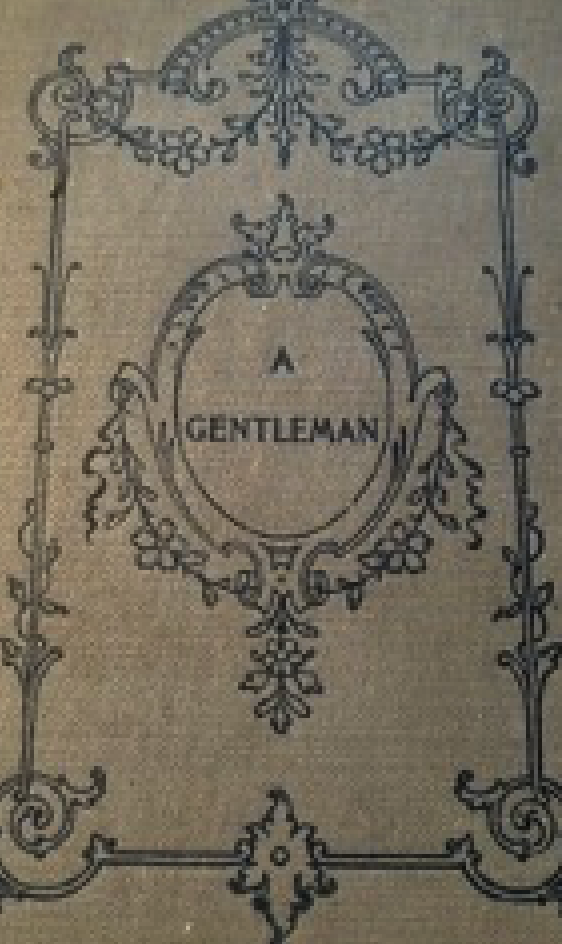ALL IN GOOD TASTE
By Charles Taker
A few months ago, while browsing the antique shops, I happened upon “A Gentleman” a guide to etiquette from 1893. It came from the collection of a clergyman and was dedicated to “All boys who want to make life cheerful”. Despite being 130 years old, this little book gave great insight into some of the enduring truths about good manners and etiquette ranging from how to dress, to expanding one’s mind, the art of conversation to the fact that nobody likes a boor. Of course, a gentleman does not exist in a vacuum, he lives and moves and has his being among others; observers and actors on life’s stage.
In an age where anything seems to go, any discussion around rules and social conventions seems like a relic from a bygone age, yet this book stands the test of time and reminds us that rules were made by society to avoid friction and to preserve harmony. The best manners, it says, come from the heart; the best etiquette comes from the head. But the practice of one and the knowledge of the other help to form that combination which the world names a gentleman, and which is described by the adjective “well bred”.
One of the highest forms of praise given by my mother was that a young man was mannerly. It transcended social strata. Etiquette and manners were very different. Mannerly to my mother represented someone who was kind, polite, and respectful towards others. A famous Queen of Spain once said that a man with impeccable manners needs no other introduction as good manners open doors which would otherwise be closed. While every boy or man might not have been born a gentleman, he can certainly aspire to become one.





